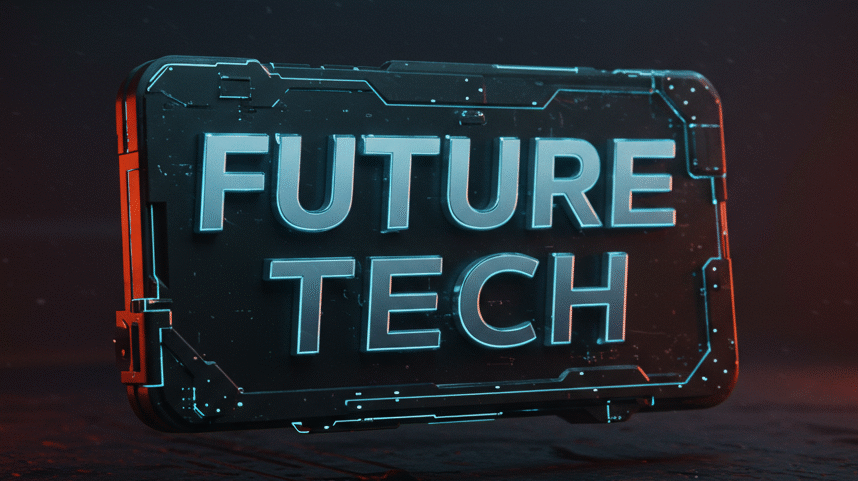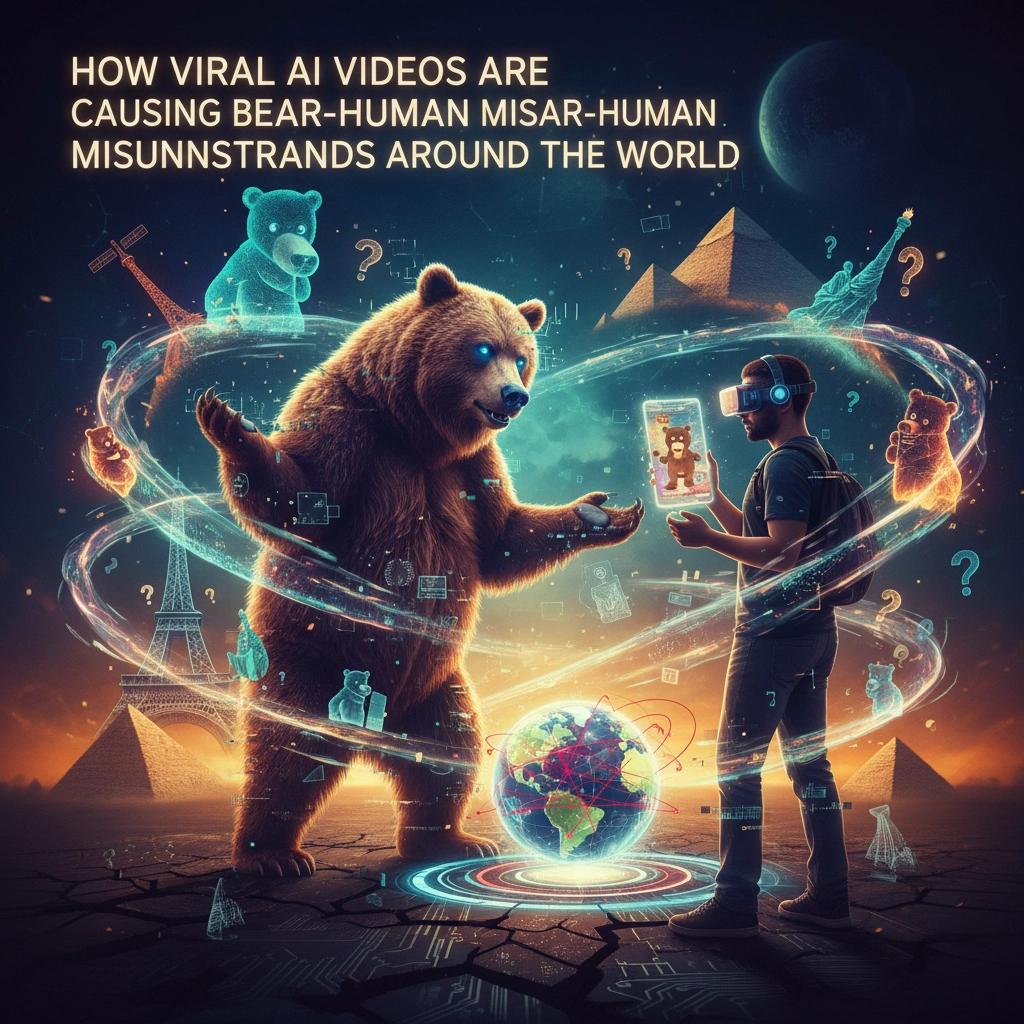Ever seen a video of a massive bear gently rescuing a baby from a backyard? Or maybe a polar bear cuddling with penguins in what looks like Antarctica? If you shared it thinking "aww, nature is beautiful," you might've just spread AI-generated misinformation that's creating dangerous misconceptions about one of the world's most powerful predators.
We're living through an explosion of fake wildlife videos, and bears are starring in most of them. These AI-created clips are racking up millions of views across TikTok, YouTube, and Facebook, but they're teaching people completely wrong lessons about how bears actually behave around humans.
What These AI Bear Videos Actually Show
The most viral AI bear content follows predictable patterns that should be red flags, but they're so emotionally compelling that people share first and fact-check never.
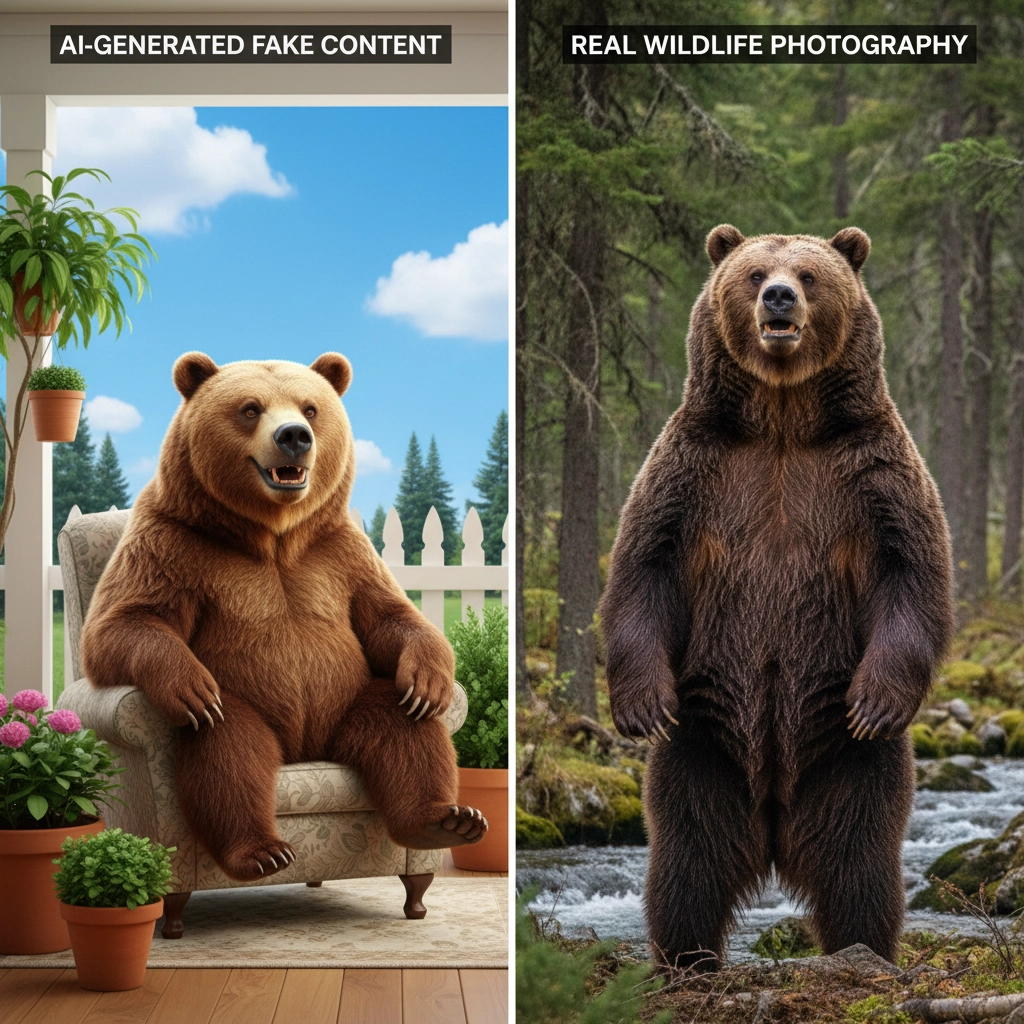
Here's what's flooding your social feeds:
• Friendly porch encounters: Bears approaching homes like oversized golden retrievers, sometimes even "smiling" at cameras
• Heroic rescue scenarios: Bears saving drowning children or protecting babies from danger
• Impossible physics: Bears repeatedly jumping on trampolines (which their body structure can't actually handle)
• Cross-species friendships: Polar bears playing with penguins in scenarios that ignore basic geography
• Human-like emotions: Bears displaying facial expressions and behaviors that don't exist in nature
The viral bodycam footage of a grandmother calmly interacting with a massive bear? Completely AI-generated. The heartwarming clip of a bear family having a backyard barbecue? Fake. That video of a polar bear seemingly rescuing an Arctic researcher? Pure fiction.
These videos work because they show us exactly what we want to see: a world where apex predators are gentle giants who want to be our friends. But here's the problem, real bears didn't get that memo.
Why People Fall for Fake Wildlife Content
There's a psychological reason these AI bear videos spread like wildfire, and it has everything to do with what researchers call "emotional reconciliation" between humans and nature.
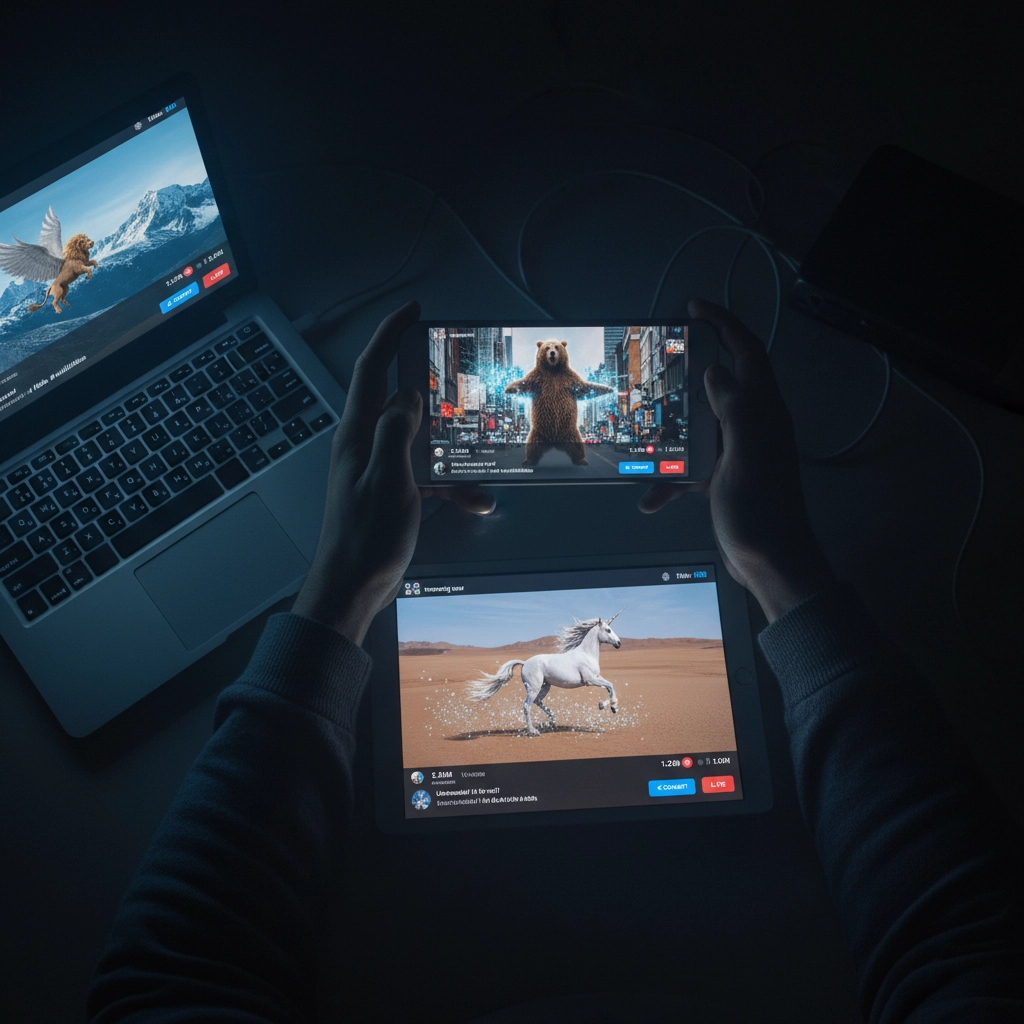
Think about it: we've spent centuries fearing bears (rightfully so), but deep down, many of us wish we could coexist peacefully with wildlife. These AI videos tap directly into that fantasy. They show positive, utopian encounters where dangerous animals become cuddly companions.
Sarah, a wildlife photographer from Alaska, told me she's watched people share obviously fake bear content while ignoring her authentic polar bear documentation that took months to capture safely. "I've spent my career showing people real wildlife behavior from a respectful distance," she said. "But a computer can generate a 'cute' bear video in minutes that gets more engagement than my life's work."
The AI algorithms creating this content are designed to find patterns in existing media, which means they naturally produce stereotypical, emotionally appealing scenarios. They're not trying to educate, they're trying to generate clicks. And sadly, misinformation often clicks better than reality.
OpenAI's Sora app has made this problem exponentially worse. The quality of AI-generated video has jumped from "obviously fake" to "wait, is this real?" almost overnight. Professional wildlife experts are now struggling to keep up with the volume of convincing fake content flooding social platforms.
The Real-World Dangers of Misunderstanding Bears
Here's where this stops being a harmless social media trend and becomes genuinely dangerous: people are internalizing these fake interactions as normal bear behavior.
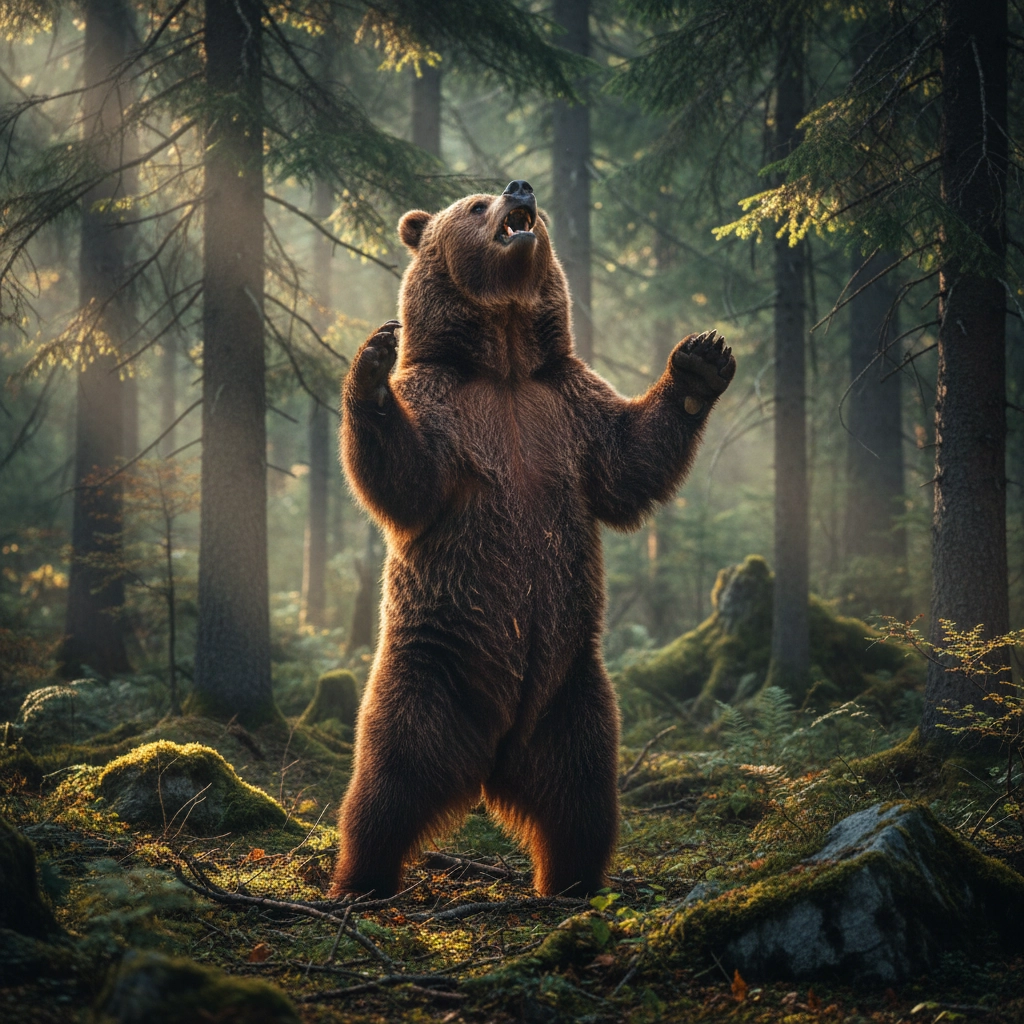
Wildlife researchers are reporting concerning incidents:
• Approaching wild bears: Tourists trying to recreate "friendly" encounters they saw online
• Improper food storage: Campers leaving food accessible because they think bears are gentle
• Delayed evacuation: Hikers not taking bear warnings seriously after seeing "helpful" bear content
• Children's safety: Parents allowing kids to play in areas with known bear activity
Real bear behavior is nothing like these AI videos suggest. Bears are unpredictable, incredibly strong, and potentially deadly when they feel threatened or are protecting food sources. A grizzly bear can run 35 mph and has a bite force of over 1,200 PSI, enough to crush a bowling ball.
The National Park Service has noticed an uptick in dangerous human-bear encounters, particularly among younger visitors who seem to have unrealistic expectations about wildlife behavior. Rangers are now spending extra time educating people about the difference between social media bears and actual bears.
Most concerning? These videos are drowning out legitimate wildlife education content. When people search for information about bear safety, they're increasingly likely to find AI-generated misinformation instead of expert guidance from wildlife biologists and park services.
How to Spot AI-Generated Wildlife Videos
The good news is that AI-generated bear videos often have telltale signs if you know what to look for, though the technology is improving rapidly.
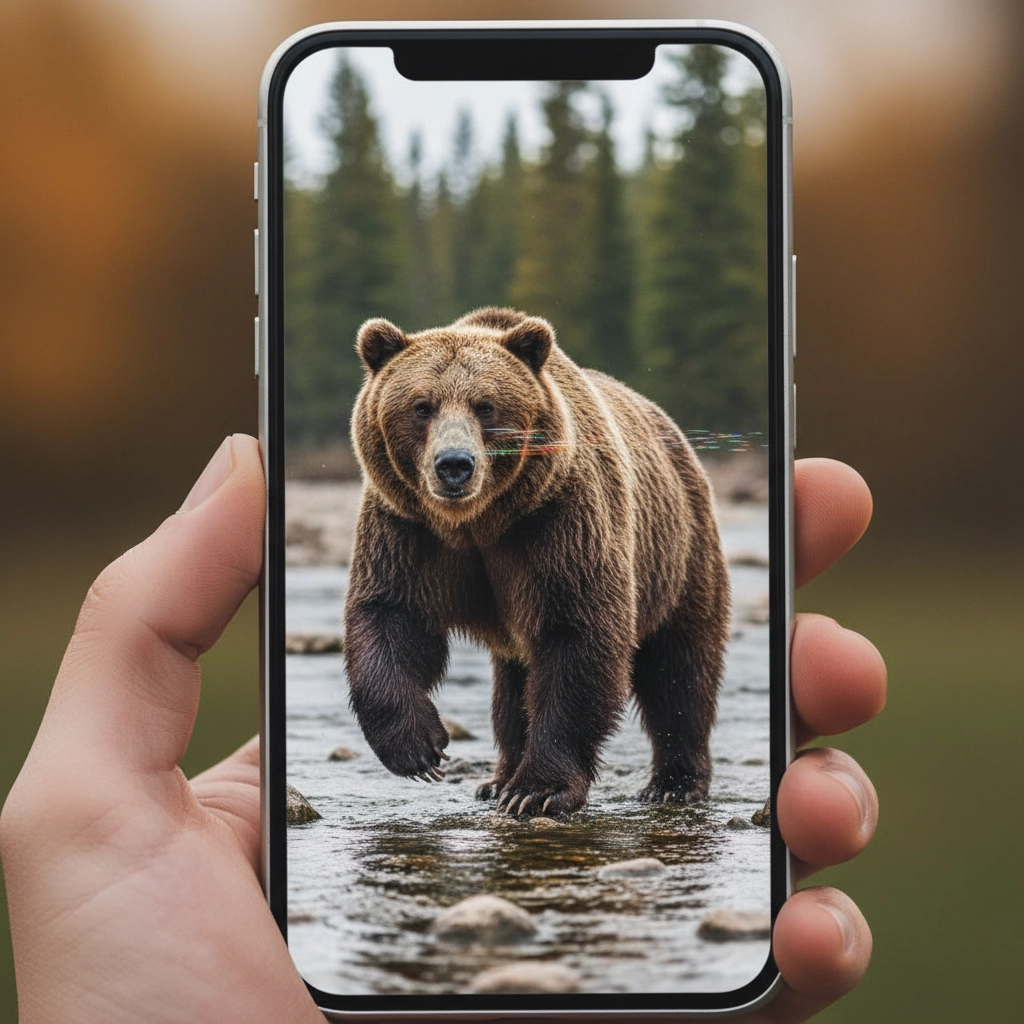
Watch for these red flags:
• Perfect camera angles: Real wildlife footage is often shaky, poorly lit, or partially obscured
• Impossible scenarios: Bears behaving like domestic animals or defying physics
• Emotional expressions: Bears showing human-like facial expressions or emotions
• Geographic impossibilities: Polar bears in tropical settings or with animals from different continents
• Too-good-to-be-true moments: Perfectly timed rescues or interactions that seem scripted
Check the source, too. Legitimate wildlife videos usually come with context about when, where, and how they were filmed. They often include educational information about animal behavior and safety. If a video just shows up without background information and seems designed purely for emotional impact, be skeptical.
Professional wildlife photographers and researchers are fighting back by clearly labeling their authentic content and providing educational context. Follow accounts from National Geographic, the National Park Service, and established wildlife conservation organizations for content you can trust.
The most important thing to remember? If you see a bear video that makes you go "aww" instead of "wow, that's dangerous," it's probably fake.
The line between entertainment and education is blurring dangerously in the age of AI. While these videos might seem harmless, they're literally changing how people understand one of nature's most powerful predators.
What's the last wildlife video you shared: and how sure are you it was real?
